Description
Steelhead trout is a species of anadromous fish found in the Pacific Ocean and Great Lakes systems. It is closely related to rainbow trout and can be identified by its distinctive silver-green coloration and red or pink streaks along its sides. Steelhead trout are highly sought after for their delicious taste, making them popular among recreational anglers. Steelhead trout generally migrate upstream to spawn, returning to their spawning grounds each year in large numbers. They are often found in cold-water rivers and streams where they feed on insects, crustaceans, and small fish. In addition to being a popular game fish, steelhead trout is also an important food source for many wildlife species.
Environment
they are highly adapted to cold-water environments, and their habitats generally consist of large rivers with a moderate to fast current. To spawn, they prefer shallow tributaries or side channels with gravel substrates that provide places for the embryos to hatch and develop. As they mature, steelhead trout often move into deeper waters along the main river and can be found in large runs during their migrations. In addition to needing cold-water streams with adequate oxygen levels, steelhead trout also require clean and undisturbed habitats with access to food sources such as insects, crustaceans, and small fish. They are sensitive to environmental changes, making their continued conservation a priority in many areas. Conservation efforts such as habitat restoration and protection, along with sensible fisheries management are needed to ensure the future of steelhead trout populations.
Physical Characteristics
These fish are typically between 20 and 30 inches in length and can weigh up to 15 pounds. They are characterized by their silver-green coloration and distinctive red or pink streaks along their sides. Steelhead trout also have a deeply forked tail, large eyes, and an adipose fin between the dorsal fin and caudal fin. They have a long, streamlined body and a slightly hooked upper jaw which distinguishes them from other species of trout like rainbow trout or brook trout. Steelhead trout also typically have larger scales than their freshwater relatives, helping them survive in colder ocean waters. This species is highly sought after for its delicious taste, making it popular among recreational anglers.
Feeding Habits
They are opportunistic predators and generally feed on a variety of prey items. Their diet mainly consists of aquatic insects, crustaceans, small fish, and sometimes even algae. They use their sensitive vision to spot prey in the water column before quickly darting forward to catch them in their mouths. Steelhead trout also have an excellent sense of smell which helps them locate food sources in murky waters. In addition, they have a specialized inner lining in their stomachs that helps to break down food more efficiently. Steelhead trout can feed on land-dwelling insects when the opportunity arises and will also scavenge for carrion if it is available.
Fishability
They are a highly sought-after game fish, and fishing for them can be an exciting and rewarding experience. Steelhead trout typically inhabit large rivers with moderate to fast currents, so anglers must pick their spots carefully when searching for them. These hard-fighting fish put up a formidable fight when hooked on light tackle, making them a challenge for even the most experienced anglers. Steelhead trout can also be caught using a variety of techniques, such as casting lures and spinning gear, trolling with bait or artificial lures, fly fishing, or jigging with spoons. Regardless of the technique employed, however, landing one of these fish is certainly an accomplishment to be proud of. With the right strategies and techniques, anglers may just find themselves with one of these magnificent fish in their hands!
Why is this Fish a good mount?
Steelhead trout make a great mount because they are beautiful and distinct, with their silver-green coloration and red or pink streaks along the sides. They also have an impressive size that is highly sought after by recreational anglers. Additionally, they can be caught using a variety of techniques such as casting lures and spinning gear, trolling with bait or artificial lures, and fly fishing. When preserved properly, a steelhead trout mount can be a stunning addition to any home or office and a great way to commemorate your successful catch. They are also sure to provide years of enjoyment in the form of conversation-starting conversations when visitors admire these magnificent fish!

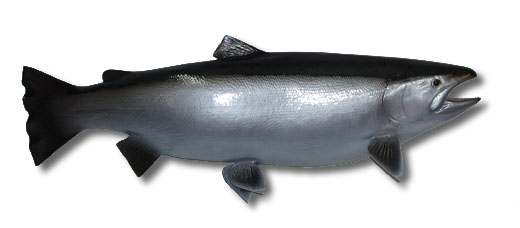


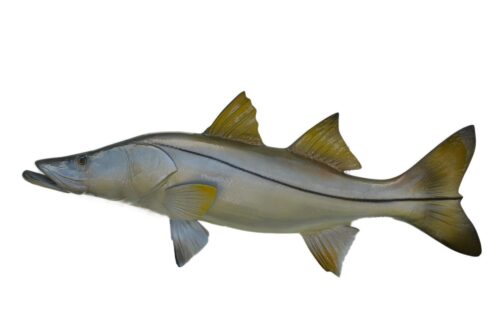
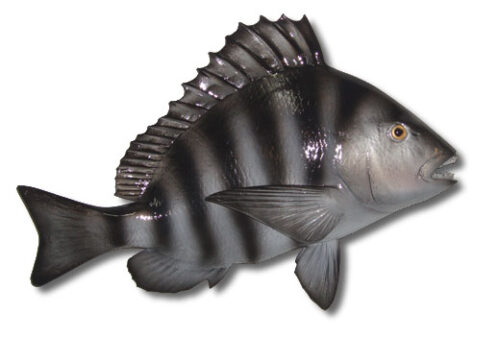
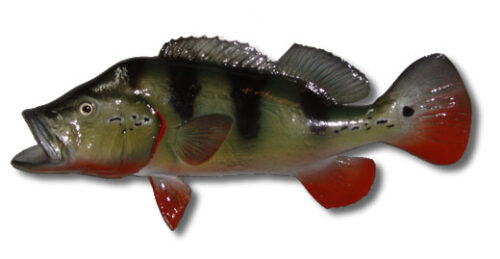
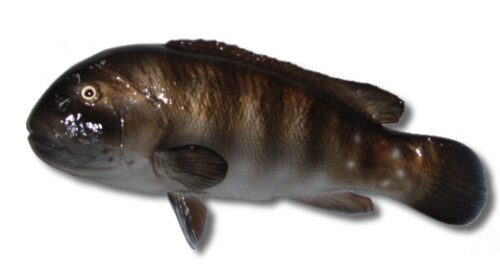
Reviews
There are no reviews yet.